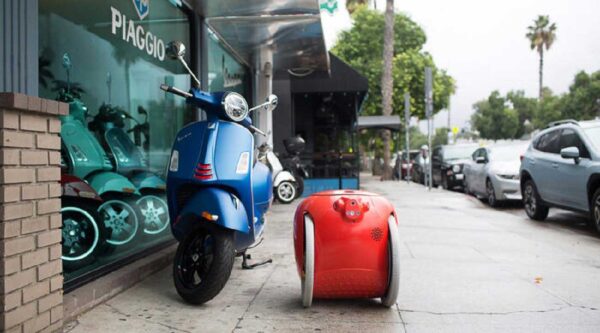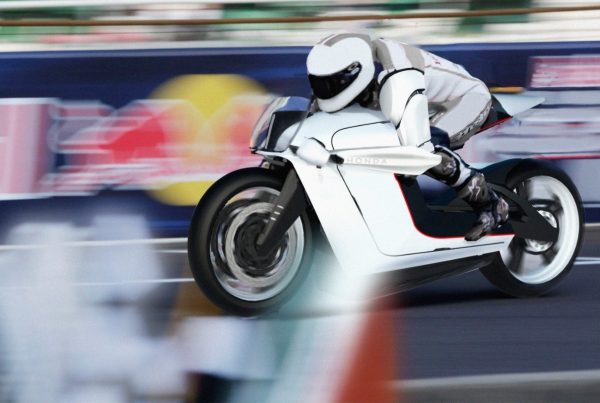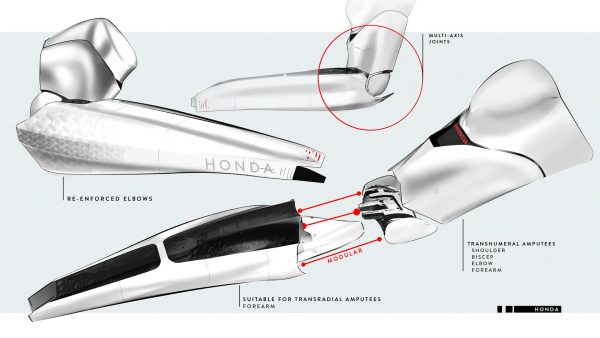Piaggio Develops Industry-First Safety Sensor With 4D Imaging Radar
by Cristina Mircea from https://www.autoevolution.com Piaggio’s robotics subsidiary in Boston announced the first-of-a-kind sensor in the industry, including 4D imaging radar technology. The new sensor is supposed to increase safety in motorcycle and scooter riding. Piaggio Fast Forward (PFF) is based in Boston and is owned by the Italian motor vehicle manufacturer. It is a robotics company that develops smart mobility solutions and has a few popular machines on the market, such as the “gita” hands-free following robot that can carry 40 lb of gear for up to four hours on a single charge. With the help of PFF and Vayyar Imaging, a 4D imaging radar company, a new sensor technology has been developed and it will have several applications. The new hardware-software modules will be used in both consumer and business robots, as well as in motorcycles and scooters. Piaggio claims its sensor technology is the industry’s first-ever 4D imaging radar-based motorcycle safety platform. It plans to use it for its motorcycles’ Advanced Rider Assistance Systems (ARAS), enabling a bunch of safety functions such as blind-spot detection, forward collision warning, or lane change assist, thus protecting riders. According to the Italian manufacturer, the sensor incorporates complex, single-chip 4D imaging radar technology, comes with ultra-wide-field-of-view, and supports a range of more than 328 ft (100 meters). It provides mapping and object detection and control, regardless of the lighting or weather conditions. PFF designed the sensor specifically for motorcycles and robotics, addressing their specific challenges. It is capable of tracking multiple targets and makes sure there are no dead zones that can lead to collisions of any kind. Piaggio specifies that the new technology will be implemented in PFF’s robots starting at the end of this year. As far as using the module for its own motorcycles, the company says it […]
Piaggio Develops Industry-First Safety Sensor With 4D Imaging Radar Read More »



